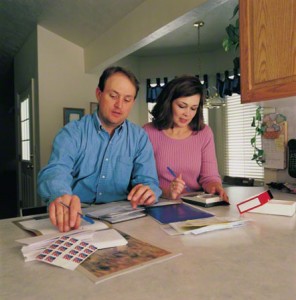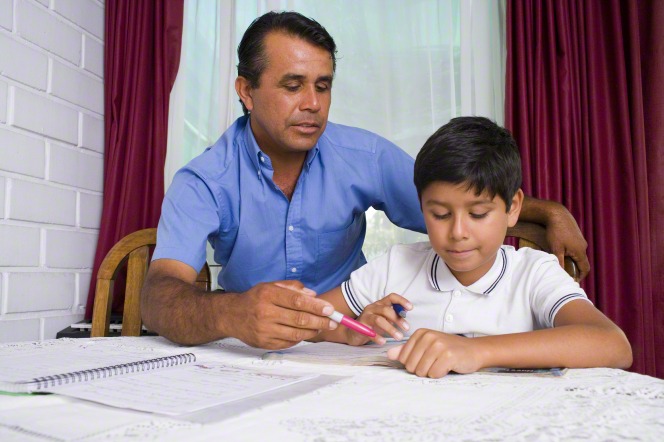A few decades ago, when I was in high school, I quit Calculus. I quit because my teacher couldn’t answer my questions: “Why am I learning this? How is Calculus used in the real world? When would I ever need to know the area of something that is so complex, we can’t even really draw it?”
He didn’t know, or just consistently refused to answer my questions.
 I graduated high school and college with no greater understanding on the purpose or possible uses of Calculus. It wasn’t until years later that I read A Tour of Calculus and discovered that one of the most common uses for calculus is computer programming! It’s also used in medicine, economics, science, and physics. It would have totally changed my approach to the subject.
I graduated high school and college with no greater understanding on the purpose or possible uses of Calculus. It wasn’t until years later that I read A Tour of Calculus and discovered that one of the most common uses for calculus is computer programming! It’s also used in medicine, economics, science, and physics. It would have totally changed my approach to the subject.
Although that experience is unique, wondering how math is useful is not. When we think of math, most people have negative associations, with most of us assuming we are just not good at math.
When I started homeschool I was determined to teach math differently.
Little children love math. They love to count and sort and organize and make sense of their world. They love shapes and how they fit together. If you’ve ever had a child who was just a born counter, you know the joys of counting steps and train cars and rocks and blocks and everything. My 10 year old is still a counter. Just the other day, to help him wait, I asked him to count to 1,000. He happily waltzed away counting. About five or so minutes later he came back, pronounced himself done, and dinner was ready.
So how do we keep the natural mathematician in our child? How do we best prepare them for life and the practical math they will need? How do we allow them the math they will need for the career they will pursue?
1-Heal your own mind first
 If you don’t love math, maybe it’s time to do some work with yourself first. Stop saying you can’t do math. You can balance your checkbook and figure out how much things cost. You do know how to count, to add and subtract. You can probably estimate like a pro to avoid doing the nitty gritty math. You can get by. Isn’t that also math?
If you don’t love math, maybe it’s time to do some work with yourself first. Stop saying you can’t do math. You can balance your checkbook and figure out how much things cost. You do know how to count, to add and subtract. You can probably estimate like a pro to avoid doing the nitty gritty math. You can get by. Isn’t that also math?
What is your own hang up-with math? Do not pass this on to your children. If you can’t do some upper level math, either tackle it or let it go, but don’t lie and say you can’t do math at all. Discover the math you enjoy: shapes, art, music, shopping, science or computers.
When I can’t find my inner mathematician, I borrow. Reading about mathematicians and their lives can give my children inspiration when I can’t.
2-Let them play with math and call it math!
Playing with tangrams is math. Counting and sorting your cars is math. Counting stairs is math. If we come to think about math as something we do with a paper and pencil instead of something we do with our minds, it can become boring. Let’s watch vihart videos. Let’s read The Number Devil. Let’s ask if 1 + 1 = 2 then bring out one mouse and one elephant to encourage thinking. Play with mobius strips. Let children write their own word problems. Walk up to a child drawing with perspective and tell them you love how they are using math in their artwork. Help children recognize the math they already love as math.
One of my favorite math teachers made word problems fun by using our names and creative situations. Let’s play with numbers and math.
The reverse of this is to not actively kill math by analyzing it or worksheeting it to death. We’ve all, by now, seen the Common core math that involves asking a child to explain why or how they got the answer to a problem as simple as 4 + 5 is 9.
3-Teach the simple algorithm
The first time through, teach it as simply as you can. If you want to branch out later with number lines and magic squares and whatever else…knock yourself out. Most of us use math as a tool. When what you want is a hammer, you do not want to have to do the hokey pokey, the chicken dance, and some various and assundry line dances to get your hammer. You just want to go and pick it up and get on with your project.
Teach the simplest way to do the problem.
4-Teach the why
You knew this was coming. Algebra and trigonometry were used to navigate ships. Mistakes could mean the difference between clear sailing and crashing. Does this make it more interesting to you? Prime numbers are frequently used to keep online shopping safe. There are prizes for discovering the next prime number.
Math is a challenge. It is worth the challenge when there is a purpose. Youth will be inspired if you present math as Moumt Everest to climb. They will not go through all of that effort to jump through a hoop to graduate. Children like to be challenged. They want to do something amazing. Teaching the why helps them know the math can be amazing. It is worth the effort.
5-Teach what’s needed
I would love for all high school students to have a personal finance class. Let’s learn what jobs pay and how to get those jobs. Let’s learn how to make a budget and how to balance a check book. Let’s do the math on interest to see whether you want to be paying it or earning it. Let’s go through a 1040 form to learn how to do taxes. Let’s work out cost of living in different areas. Let’s figure out gas mileage and calculate where we really want to go and in what vehicle. How about making a menu and figuring out what food costs.
Many students need a business math course far more than they need trigonometry. Learning how to price, payroll, choose locations, loans, advertising, interest, investing, statistics, discounting…
Healing my own mind and education myself has taken a good deal of time. I’m still working out how to teach math.
I’d love to hear how schools or homeschools are teaching math in a practical, enjoyable way.
About Britt Kelly
Britt grew up in a family of six brothers and one sister and gained a bonus sister later. She camped in the High Sierras, canoed down the Colorado, and played volleyball at Brigham Young University. She then served a mission to South Africa.
With all of her time in the gym and the mountains and South Africa, she was totally prepared to become the mother of 2 sons and soon to be 9 daughters. By totally prepared she means willing to love them and muddle through everything else in a partially sleepless state. She is mostly successful at figuring out how to keep the baby clothed, or at least diapered, though her current toddler is challenging this skill.
She feels children naturally love to learn and didn’t want to disrupt childhood curiosity with worksheets and school bells. She loves to play in the dirt, read books, go on adventures, watch her children discover new things, and mentor her children. Her oldest child is currently at a community college and her oldest son is going to high school at a public school. She loves to follow her children in their unique paths and interests.
She loves to write because, unlike the laundry and the dishes, writing stays done. Whenever someone asks her how she does it all she wonders what in the world they think she’s doing.
Twitter •




wow-Great article… I too had a hard time understand the upper levels of math but you are right… As adults, we need to change our attitudes in doing math because it is all around us and never goes away… Just enjoy.,, Thanks for posting!!!